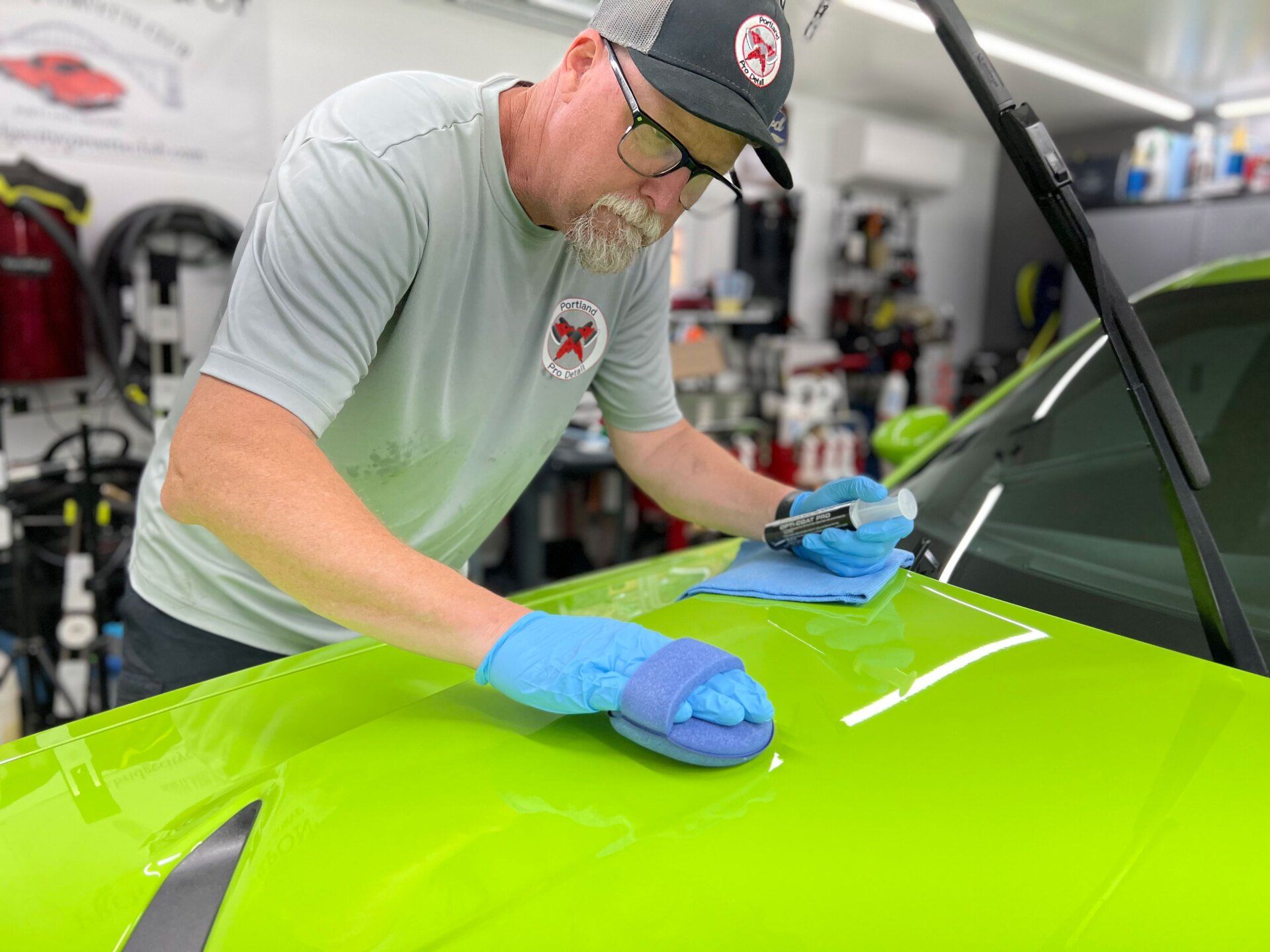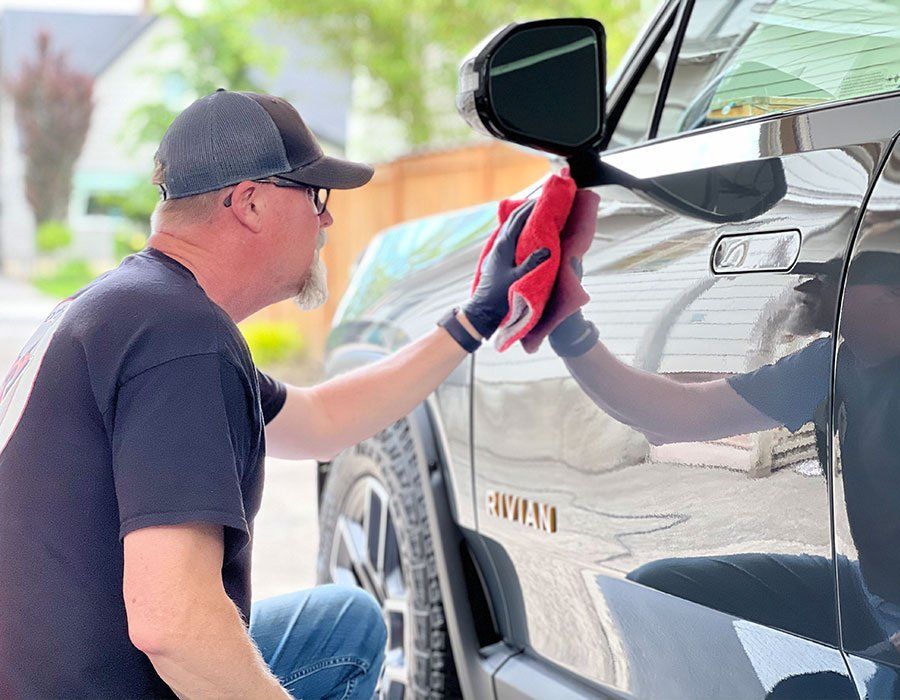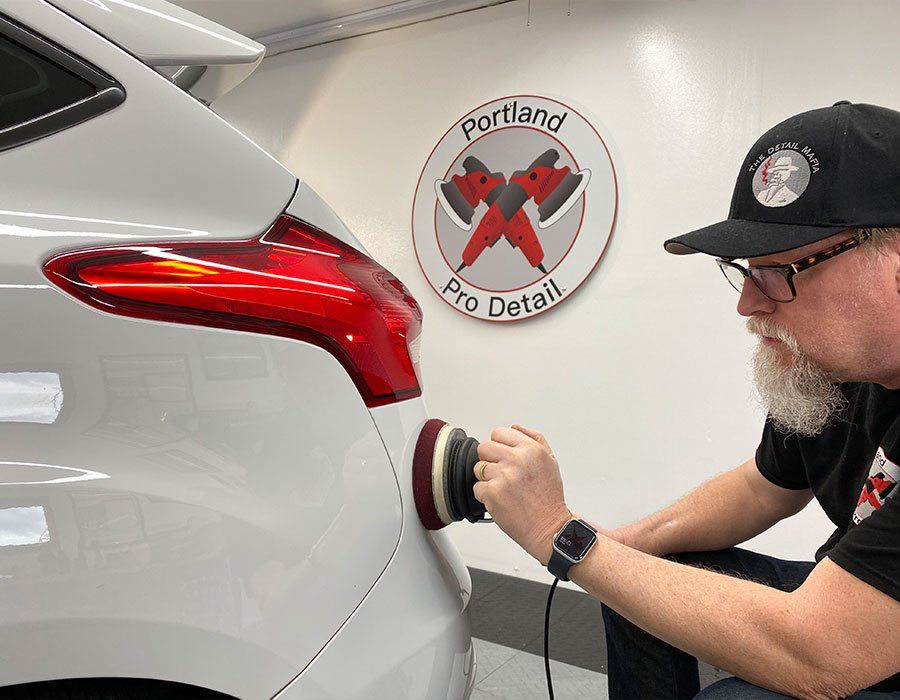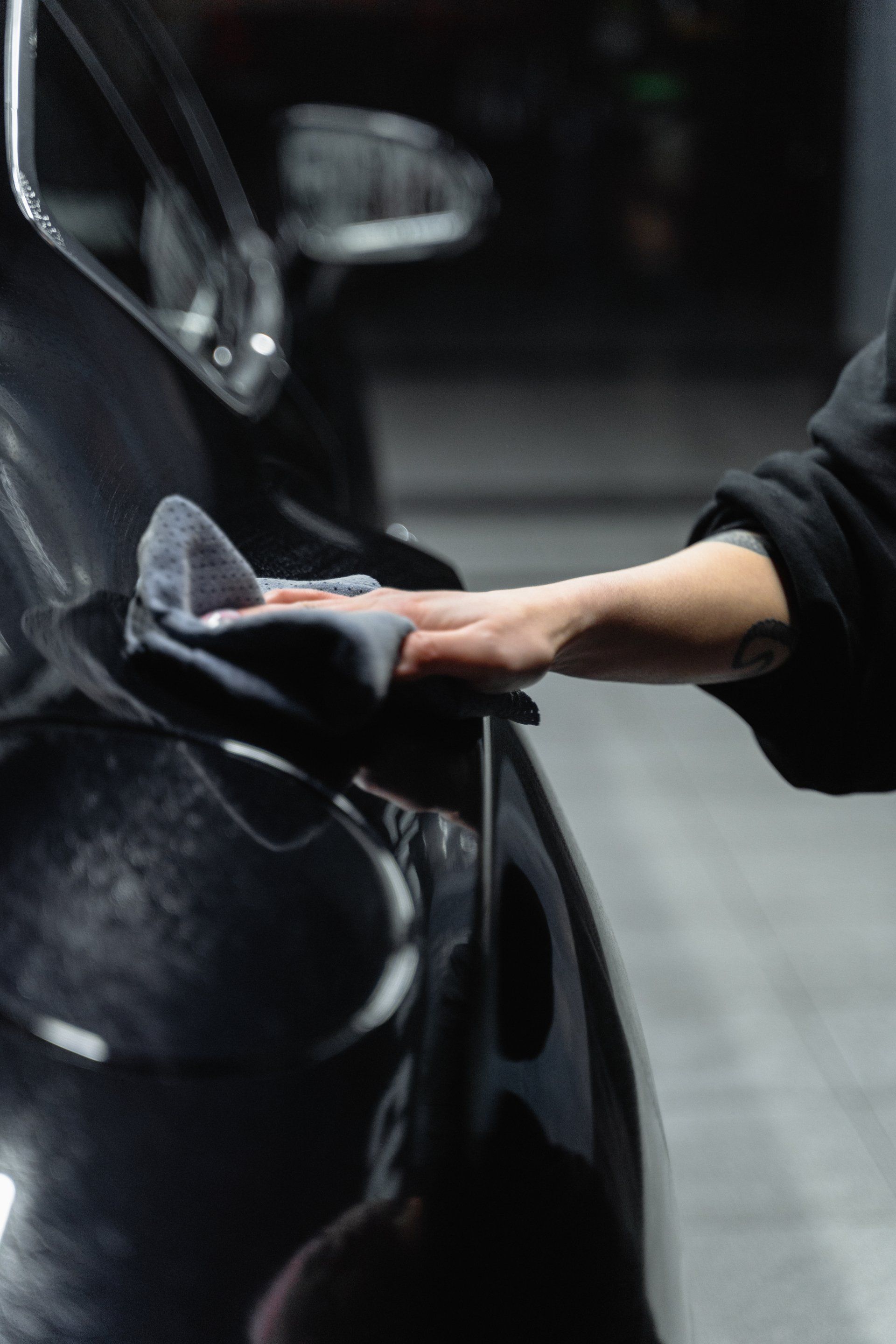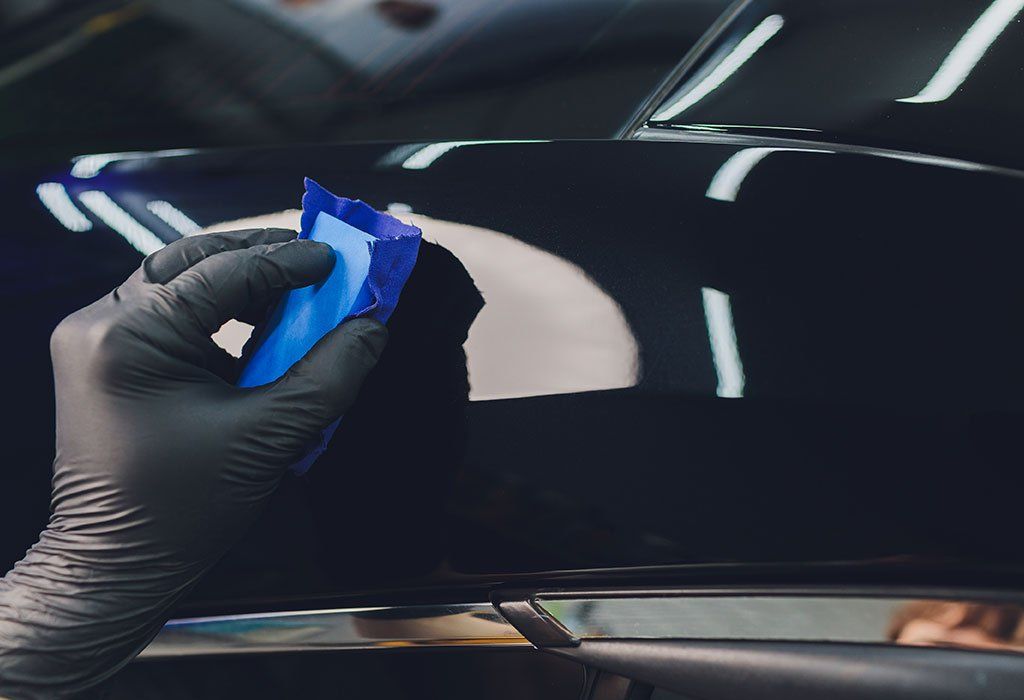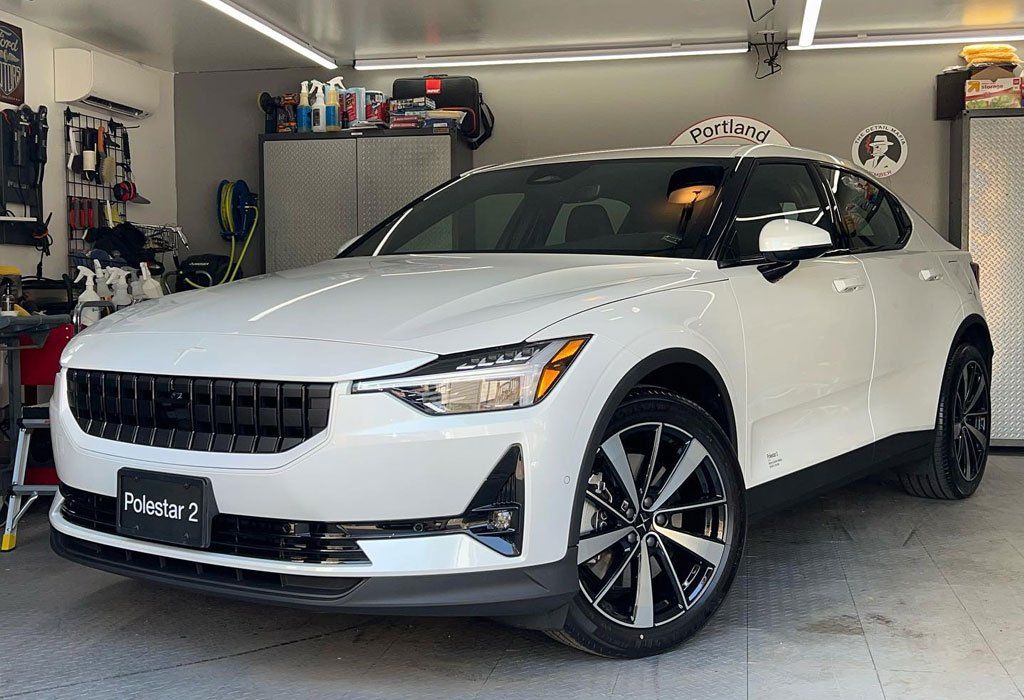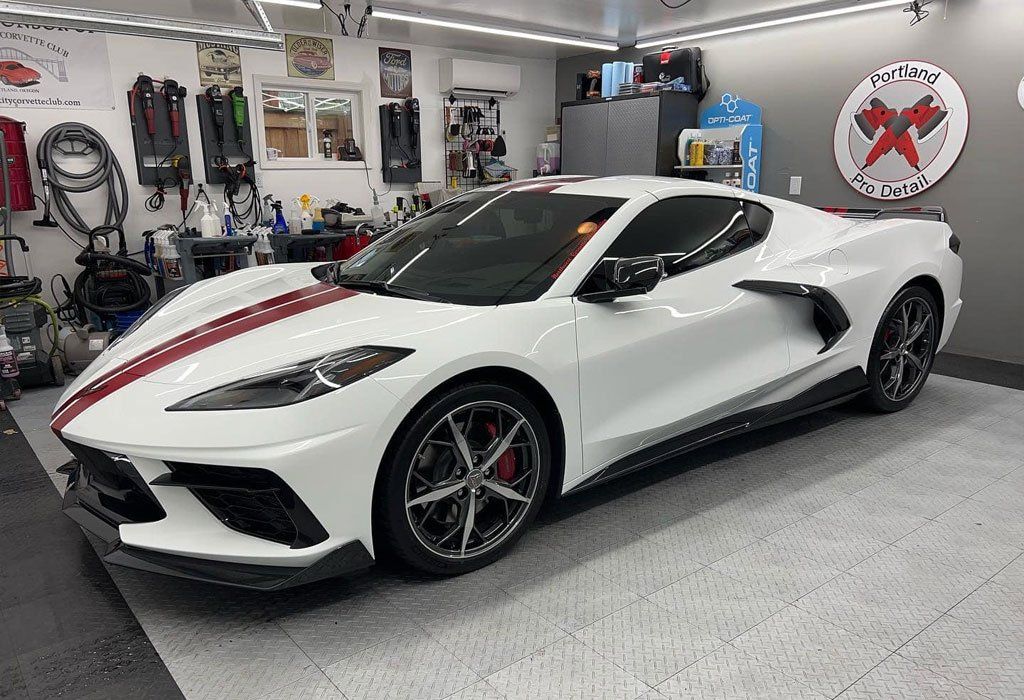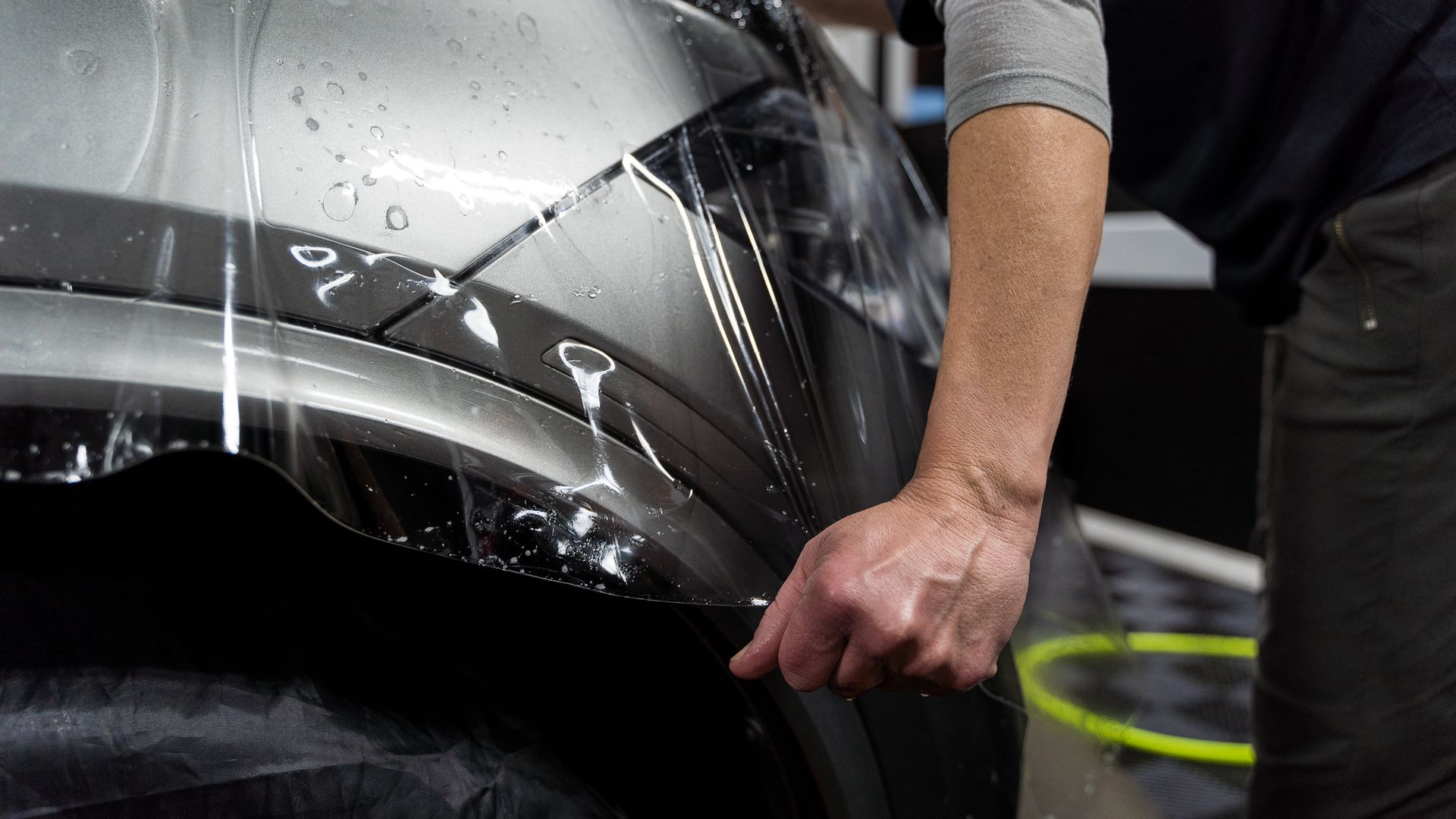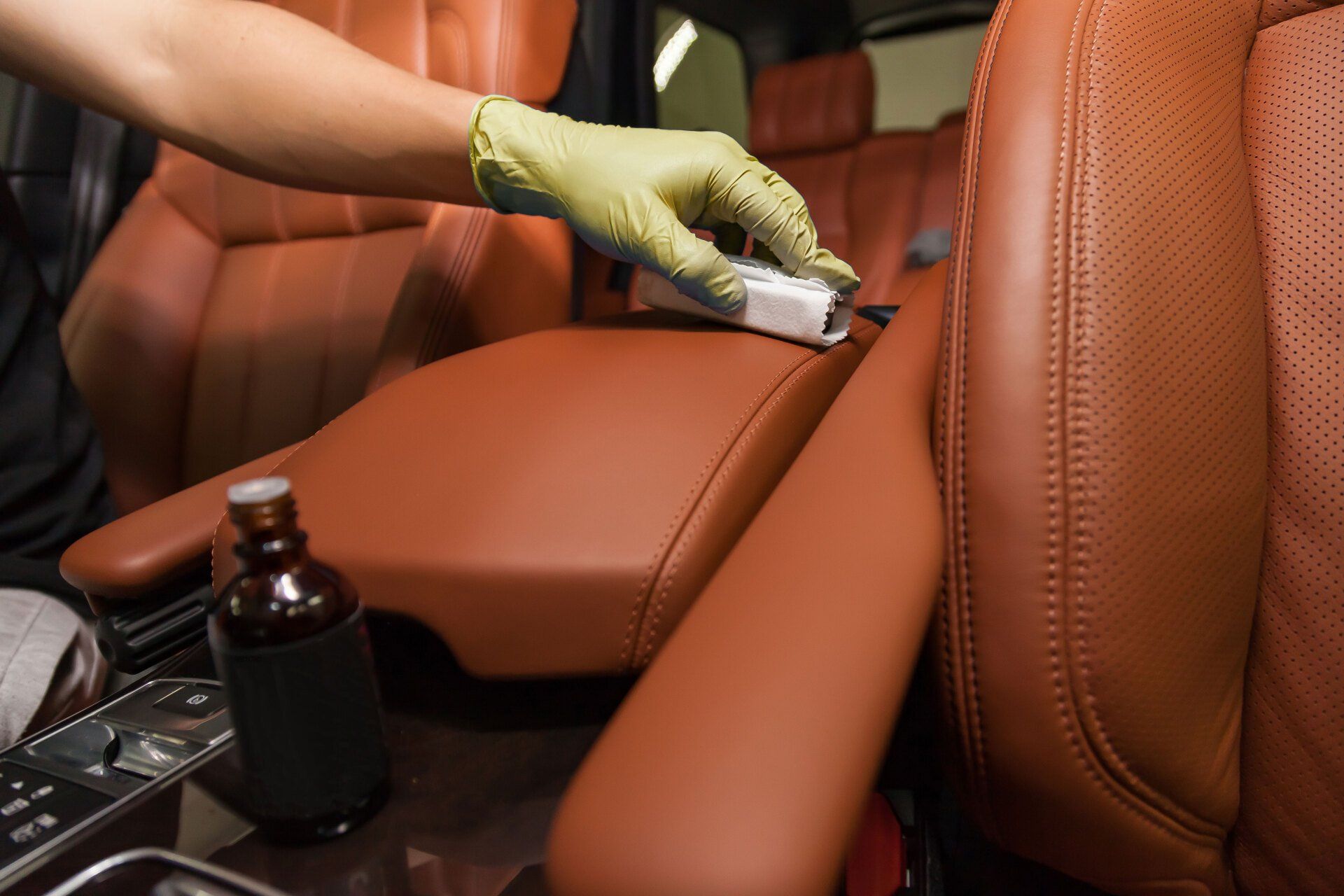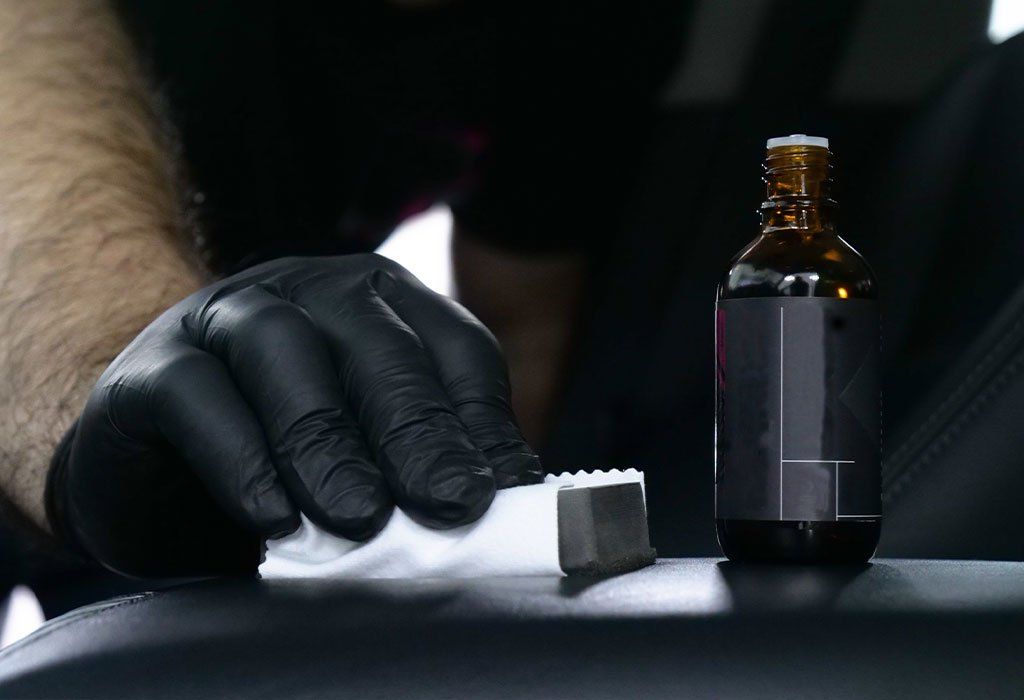Is Ceramic Coating Safe for Your Vehicle? Exploring Different Vehicle Types
CALL (503) 444-7415
When it comes to protecting your vehicle's paint and shine, many car enthusiasts are left wondering about their options. With a plethora of products out there claiming to offer the best protection, it's easy to feel overwhelmed. Ceramic coating is a game-changer that promises long-lasting results. But before diving in, you might question its safety and effectiveness across different types of vehicles. Whether you're driving a luxury sedan or a rugged SUV, understanding the benefits and considerations of ceramic coatings is essential.
Yes, ceramic coating is generally safe for all vehicle types, including luxury cars, everyday vehicles, and even motorcycles; however, proper surface preparation and application are crucial to ensure optimal results. It's important to consider the specific needs of your vehicle's paint and finish before applying any coating, as certain finishes may require specialized care.
What is Ceramic Coating?
Ceramic coating is more than just a protective layer; it's a meticulous blend of advanced polymers designed to bond with your vehicle's factory paint. When applied correctly, this liquid polymer forms a sleek, durable shield that is far tougher than traditional waxes or sealants. Think of it as an extra layer of armor for your car's exterior, empowering it against the harsh realities of the road and environment. A good analogy is like having an invisible second skin—resilient yet glossed with a shine that catches the eye.
The secret behind ceramic coatings lies in their chemistry. Key ingredients include silicon dioxide (SiO₂) and titanium dioxide (TiO₂). These compounds work together when cured, creating a strong molecular bond that results in an enduring, glossy surface finish. This hardened film does more than just enhance aesthetics; it acts as a physical barrier against harmful environmental contaminants—ranging from tree sap and bird droppings to UV rays that can fade paint over time.
This brings us to an interesting discussion regarding traditional waxes versus ceramic coatings. Wax may offer a classic shine and easy application process, but its longevity pales in comparison to ceramic coatings, where wax requires frequent reapplication—often every few weeks or months—ceramic coatings can last between two and ten years, depending on various factors such as maintenance routine and environmental exposure. It’s not so much about which one shines brighter; rather, it revolves around how each protects against wear and tear over time.
Key Benefits of Ceramic Coating
The appeal of ceramic coatings is rooted in the multitude of advantages they provide, transforming not just the look of your vehicle but also enhancing its performance and longevity.
- Protection from UV Rays: One standout benefit is protection from harmful UV rays. Over time, relentless sunlight can oxidize a vehicle’s paint, leading to dullness and fading. A ceramic coating acts as a durable shield against these damaging rays, helping preserve your car's vibrant color for years to come. With a reliable barrier between your car's finish and the sun’s harmful elements, you’ll find that a well-applied ceramic coating will substantially reduce the risk of paint discoloration. This protection ultimately prolongs the beauty and value of your investment.
- Chemical Resistance: Another significant advantage is the chemical resistance provided by ceramic coatings. Your vehicle faces all sorts of contaminants daily—think acidic bird droppings or road salt—that can etch into the paint and cause irreversible damage. Ceramic coatings create a tough layer that resists these corrosive substances. This quality means less worry about potential stains and damage from nature or common driving conditions, allowing you to enjoy peace of mind on the road.
- Ease of Cleaning: The ease results from the hydrophobic properties inherent in ceramic coatings, which repel water and contaminants alike. So, when it comes time to wash your vehicle, expect considerably less effort and time involved in getting it back to that pristine shine. In addition to being easier to clean, ceramic coatings deliver an unmistakably stunning appearance.
- Enhanced Gloss: The glossy, mirror-like finish that ceramic coatings provide is undeniably appealing and serves as a major selling point for many auto enthusiasts. This high-gloss finish doesn't just make your vehicle look new; it differentiates it from others lacking this sophisticated sheen. A well-maintained car coated in ceramic will turn heads wherever you go, adding an extra touch of luxury to your overall driving experience.
Special Surface Considerations
Different vehicle surfaces require tailored approaches when applying ceramic coating. The impact of the coating can differ significantly based on the material's properties, which is crucial to understand for optimal application and longevity. For instance, while plastic trim and painted surfaces may seem similar at a glance, they do not respond in the same manner to ceramic coatings. This distinction can make all the difference in enhancing your vehicle’s appearance and protection.
Metal vs. Plastic
When it comes to ceramic coating applications, metal parts like the car’s body often benefit more than their plastic counterparts. For example, consider a Porsche with its elegantly painted aluminum body; the ceramic coating bonds superbly with such materials, forming a durable shield against environmental contaminants. On the contrary, a vehicle like a Jeep Wrangler has extensive black plastic trims that may not yield the same advantages from a ceramic coat. These trims are typically less receptive to bonding due to their flex properties and lower surface energy, which means they could lack adequate protection or show signs of wear sooner than metal parts. This highlights why understanding the surface composition plays an integral role in effective ceramic coating application.
Glass Surfaces
Glass surfaces also demand special attention. Utilizing specialized glass coatings enhances visibility during adverse weather conditions, such as rain, by repelling water effectively, allowing it to bead and roll away easily. Such coatings can significantly reduce the effort needed to clean your windshield or windows, leading to improved driving safety and clarity. It's important to apply these coatings according to the manufacturer's recommendations, as they might require specific curing times or surface preparation techniques before application. Once you’re knowledgeable about these critical surface considerations, the next vital focus shifts toward how to maintain your vehicle's protective layer following its application.
Maintenance After Coating
One key misconception about ceramic-coated vehicles is that they are entirely maintenance-free, but that couldn't be further from the truth. In reality, regular upkeep is vital for preserving the benefits and extending the lifespan of the coating. Just like a well-tended garden flourishes while a neglected one becomes overgrown, a ceramic-coated vehicle requires consistent attention to remain in optimal condition.
- Regular Washing: To begin with, washing your vehicle every two weeks becomes essential, especially if you live in an area prone to dust and grime accumulation. When you wash your car, using a pH-neutral shampoo is crucial because harsh chemicals can strip away the protective layer of the coating. Imagine using soap that cleans beautifully but simultaneously wears off your newly applied protection; it's like taking two steps forward and one step back. So, grab a bottle of that gentle shampoo, lather up gently, and rinse thoroughly. The method of washing also matters significantly when it comes to maintaining your ceramic coating's integrity.
- Avoid Automatic Car Washes: Many car enthusiasts express strong opinions against using automated car washes; these mechanical juggernauts can be overly abrasive and may lead to scratches or swirls on your vehicle's surface. Picture fine dirt particles trapped within those spinning brushes acting like sandpaper on your carefully coated paint—a nightmare come to life! Hence, opting for a hand wash not only allows you to exercise greater control over the cleaning process but also offers the opportunity to inspect your vehicle for any damage or wear. When choosing hand washing as your method of choice, consider investing in high-quality microfiber towels for drying. These absorbent gems prevent scratching and help safeguard that lustrous finish of your ceramic coating!
- Use Detailing Spray: After each wash, incorporating a detailing spray specifically formulated for ceramic-coated vehicles can work wonders. Think of it as an energizing boost for your car’s aesthetic and protective layers. A good detailing spray enhances both shine and hydrophobic properties, keeping water beading beautifully on the surface. It's like giving your vehicle a refreshing drink after a long day in the sun! Applying it is usually straightforward: just spritz evenly across the paintwork and wipe gently with a clean microfiber cloth to achieve that showroom finish. While routine maintenance can seem tedious at first glance, remember it’s all part of ensuring your investment lasts longer and continues to safeguard your vehicle’s beauty and functionality for years to come.
Ultimately, sticking closely to these maintenance routines helps keep your vehicle looking immaculate while prolonging the life of your ceramic coating—making it worth every bit of effort you put in. By following these guidelines, you’ll not only maintain the aesthetic appeal of your vehicle but also ensure that the protective qualities of the ceramic coating thrive for years ahead.
Shield Your Vehicle with Unmatched Ceramic Coating in Portland, OR
Protect your vehicle with the ultimate in durability and shine through Portland Pro Detail’s ceramic coating services. Engineered to guard against the elements, this advanced coating provides a robust shield against dirt, UV rays, and environmental damage while enhancing the brilliance of your paint. Portland Pro Detail’s meticulous application process ensures a flawless finish that keeps your vehicle looking its best for years to come. Schedule your service today and experience why Portland drivers trust us for lasting protection and head-turning aesthetics. Call us at (503) 444-7415 to get started!

